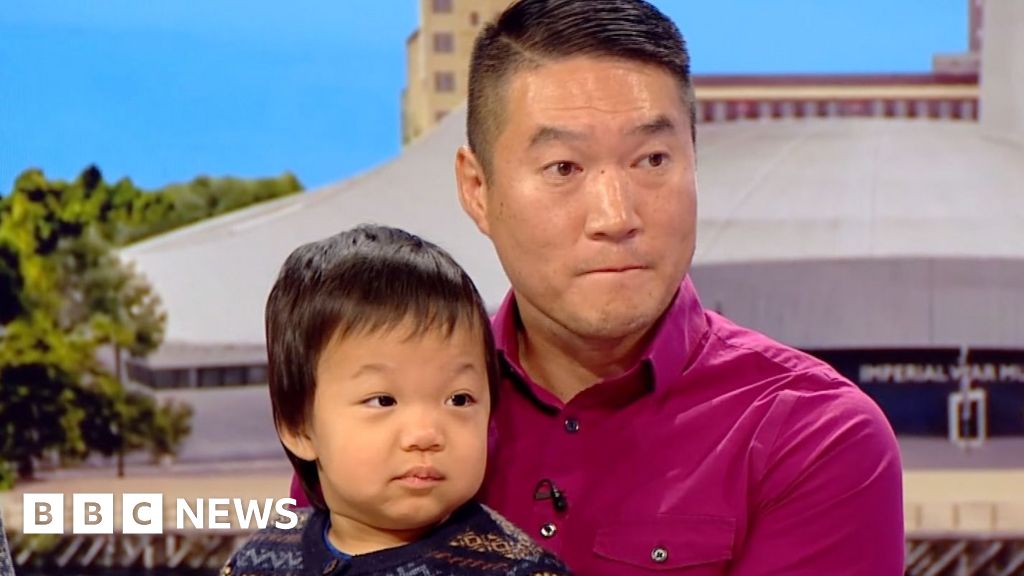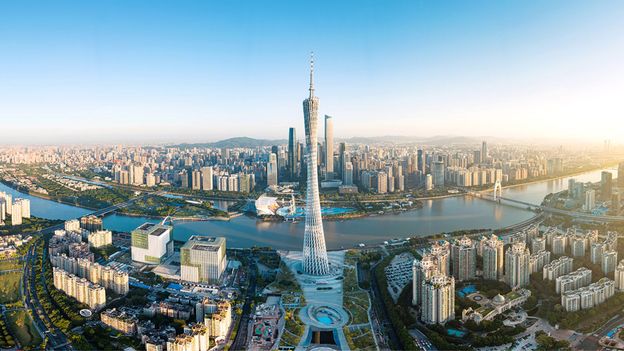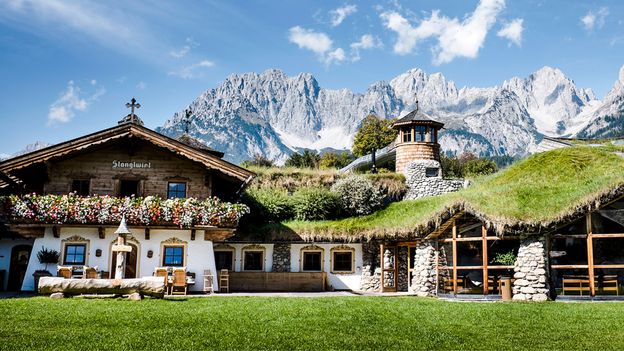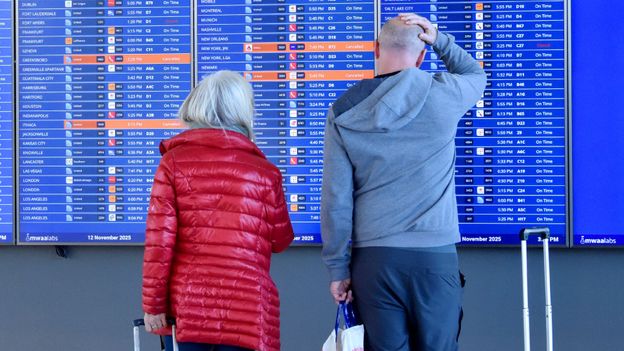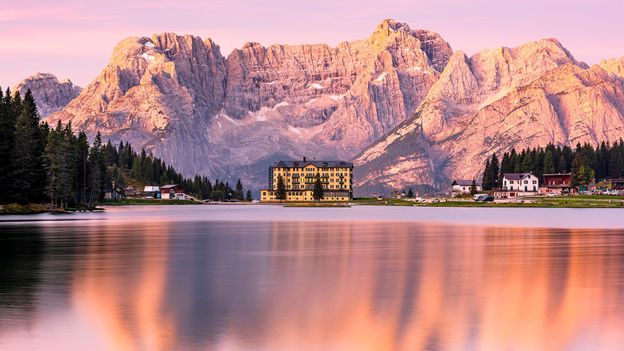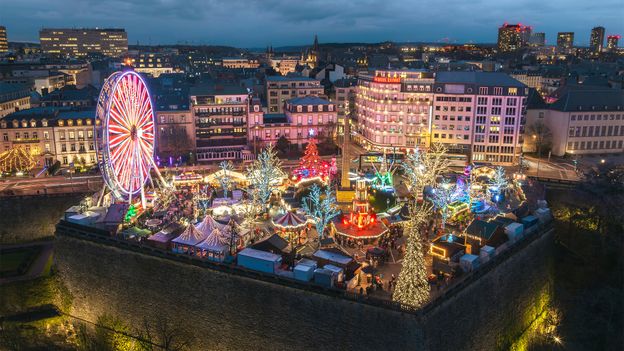Home to global corporations from Huawei to Tencent, Shenzen’s transformation from fishing village to tech powerhouse was an intentional move by the Chinese government when it designated the city as its first Special Economic Zone in 1980, offering tax breaks and incentives to spur innovation. Its status as a hub for creativity only grew after it was named a Unesco Creative City in 2008, with investment funding makerspaces such as the Shenzhen Open Innovation Lab.
“This supportive framework enables rapid scaling and experimentation,” said Leon Huang, a resident since 2008. “Makerspaces such as the OCT Loft and Shekou’s Design Society are available to everyone, granting affordable access to advanced tools, including VR setups. The variety of people who frequent these spaces, including hobbyists, students and professionals from tech companies like Huawei and DJI, contributes to a truly inclusive atmosphere.”
Huang suggets visitors catch one of the elaborate drone shows that take place over Shenzhen Talent Park Bay or during major events such as the Spring Festival and National Day. The city recently set the record for the world’s largest drone show, employing nearly 12,000 drones.
2. Tokyo-Yokohama
Ranked second, the Tokyo-Yokohama cluster produces the highest percentage of international patent filings in the world, accounting for more than 10% of global filings. What residents appreciate, however, is that the technology and innovation feel practical rather than flashy.
“In Japan, tech isn’t some wild imagination of flying cars like what we all imagined 2050 would be,” said Dana Yao, who met her husband in Tokyo and now splits her time between Japan and the United States. Instead, she says, it’s the train card that can be used for buses and vending machines, and the AI sensors at convenience stores that allow self-checkout and cashless pay. “You’ll find these small but mighty innovations everywhere. They’re high-tech, but still so human and actually helpful.”
